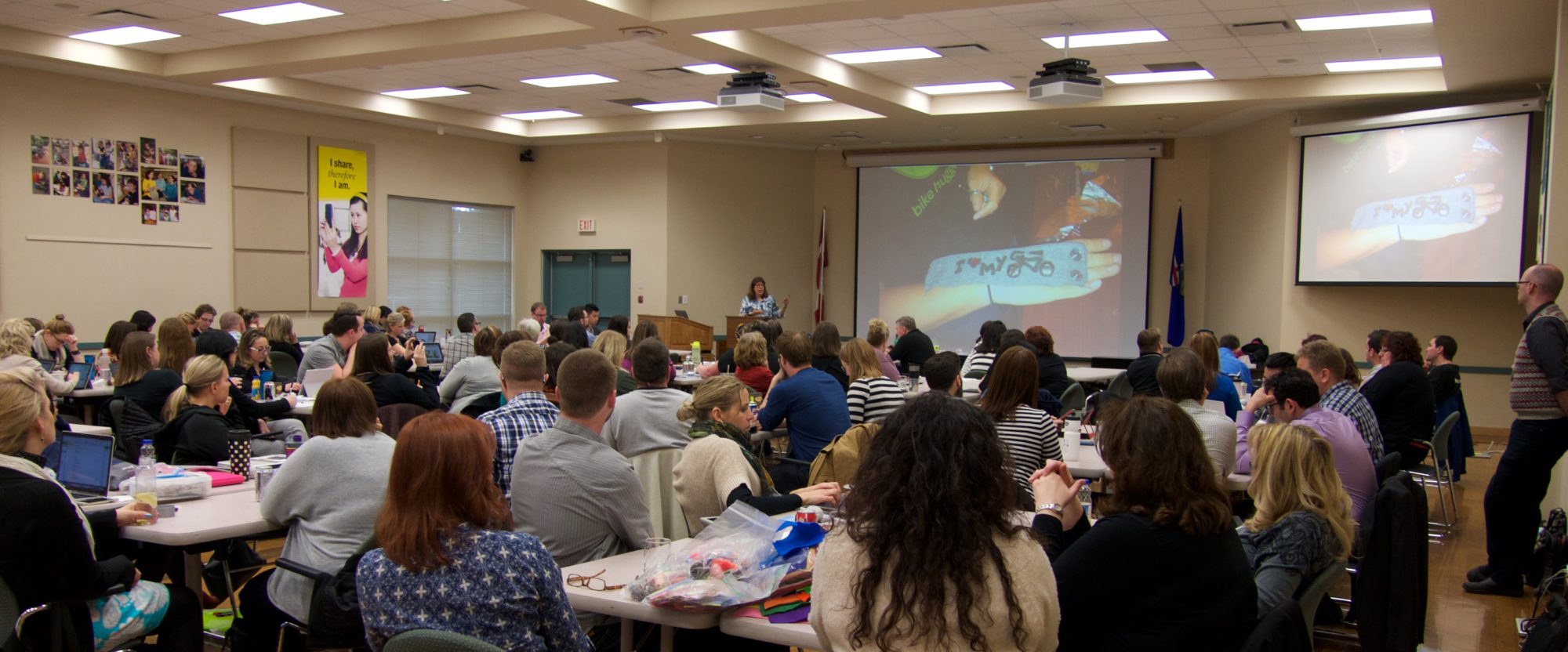In 1999, Seymour Papert, the father of educational technology, embarked on his last ambitious institutional research project when he created the constructionist, technology-rich, project-based, multi-aged Constructionist Learning Laboratory inside of Maine’s troubled prison for teens, The Maine Youth Center.
The story of the Constructivist Learning Laboratory is documented in Gary Stager’s doctoral dissertation, “An Investigation of Constructionism in the Maine Youth Center.” The University of Melbourne. 2006.
Gary shares, “Shortly after the start of the three-year project, Papert outlined the Eight Big Ideas Behind the Constructionist Learning Laboratory (PDF). Although non-exhaustive, this list does a good job of explaining constructionism to the general population.” Gary is also curating a site of Papert quotes called The Daily Papert, showcasing the enduring wisdom of Dr. Papert.
Eight Big Ideas Behind the Constructionist Learning Lab
By Dr. Seymour Papert
The first big idea is learning by doing. We all learn better when learning is part of doing something we find really interesting. We learn best of all when we use what we learn to make something we really want.
The second big idea is technology as building material. If you can use technology to make things you can make a lot more interesting things. And you can learn a lot more by making them. This is especially true of digital technology: computers of all sorts including the computer-controlled Lego in our Lab.
The third big idea is hard fun. We learn best and we work best if we enjoy what we are doing. But fun and enjoying doesn’t mean “easy.” The best fun is hard fun. Our sports heroes work very hard at getting better at their sports. The most successful carpenter enjoys doing carpentry. The successful businessman enjoys working hard at making deals.
The fourth big idea is learning to learn. Many students get the idea that “the only way to learn is by being taught.” This is what makes them fail in school and in life. Nobody can teach you everything you need to know. You have to take charge of your own learning.
The fifth big idea is taking time – the proper time for the job. Many students at school get used to being told every five minutes or every hour: do this, then do that, now do the next thing. If someone isn’t telling them what to do they get bored. Life is not like that. To do anything important you have to learn to manage time for yourself. This is the hardest lesson for many of our students.
The sixth big idea is the biggest of all: you can’t get it right without getting it wrong. Nothing important works the first time. The only way to get it right is to look carefully at what happened when it went wrong. To succeed you need the freedom to goof on the way.
The seventh big idea is do unto ourselves what we do unto our students. We are learning all the time. We have a lot of experience of other similar projects but each one is different. We do not have a pre-conceived idea of exactly how this will work out. We enjoy what we are doing but we expect it to be hard. We expect to take the time we need to get this right. Every difficulty we run into is an opportunity to learn. The best lesson we can give our students is to let them see us struggle to learn.
The eighth big idea is we are entering a digital world where knowing about digital technology is as important as reading and writing. So learning about computers is essential for our students’ futures BUT the most important purpose is using them NOW to learn about everything else.
Download the PDF of these 8 big ideas and share widely!
Sylvia


 The State of Washington Office of the Superintendent of Public Instruction (OSPI) has a very
The State of Washington Office of the Superintendent of Public Instruction (OSPI) has a very 
